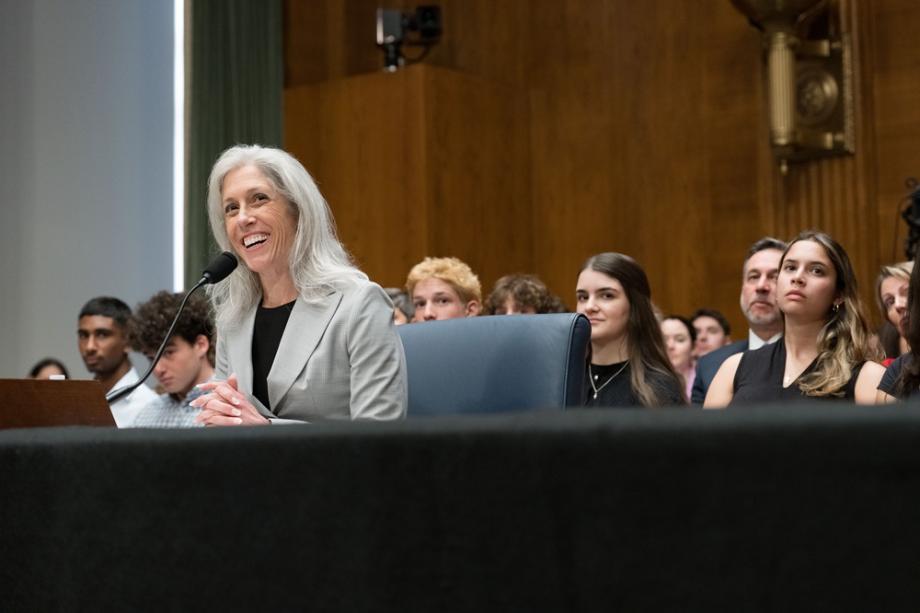
A new randomized clinical trial conducted at three US emergency departments (EDs) concludes that screening all adults for hepatitis C virus (HCV) testing identifies significantly more cases than screening based on individual patient risk, although low proportions sought treatment.
Researchers in Denver; Baltimore; and Jackson, Mississippi, randomly assigned 147,498 patients to receive nontargeted HCV screening or risk-based screening, with 18 months of follow-up.
Screening is critical because most HCV infections cause no symptoms and thus go undetected, the authors noted. EDs "have been a focus of screening efforts, as they serve large numbers of at-risk patients who commonly do not access health care elsewhere," they wrote.
The team published their findings yesterday in JAMA.
Low percentages followed up
Relative to targeted HCV screening, nontargeted screening found a significantly higher incidence of HCV infections (relative risk, 1.34). Nontargeted screening of 73,847 patients led to 9,867 (13.4%) tested for HCV, yielding 154 new diagnoses. Targeted screening of 73,651 patients identified 23,400 (31.8%) high-risk patients, resulting in 4,640 (6.3%) patients tested and 115 diagnoses.
The substantial decrease in patients who went from diagnosis to SVR12 highlights an urgent need for innovative models of HCV treatment.
Yet only small percentages of patients with diagnoses sought follow-up care (19.5% nontargeted and 24.3% targeted), started direct-acting antiviral (DAA) treatment (15.6% and 17.4%, respectively), completed DAA treatment (12.3% and 12.2%), and achieved a sustained virologic response by 12 weeks (SVR12; 9.1% and 9.6%).
"The substantial decrease in patients who went from diagnosis to SVR12 highlights an urgent need for innovative models of HCV treatment," the researchers concluded.
In an editor's note, Preeti Malani, MD, MSJ, of the University of Michigan, and Stephen Schenkel, MD, MPP, of the University of Maryland, pointed out that while the difference between the screening approaches met the threshold for statistical significance, the nontargeted approach offered HCV testing to three times as many patients and tested more than double the number for a relatively small absolute difference in diagnoses and similar treatment outcomes.
"From a practical standpoint, both approaches likely brought logistical challenges to already busy EDs and represented substantial, and potentially nongeneralizable, commitment in the 3 participating EDs," they wrote.













